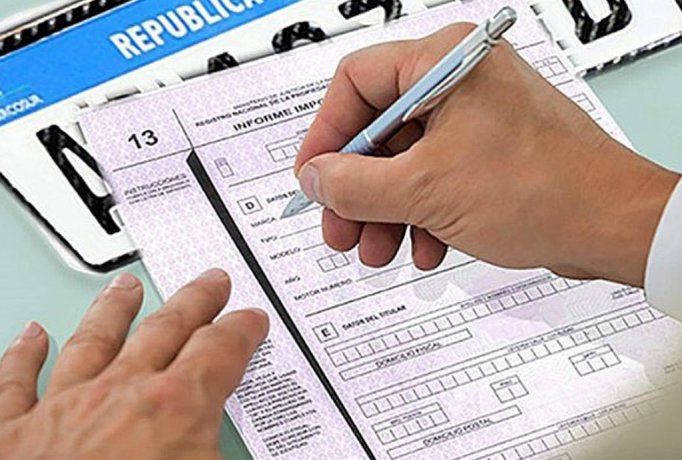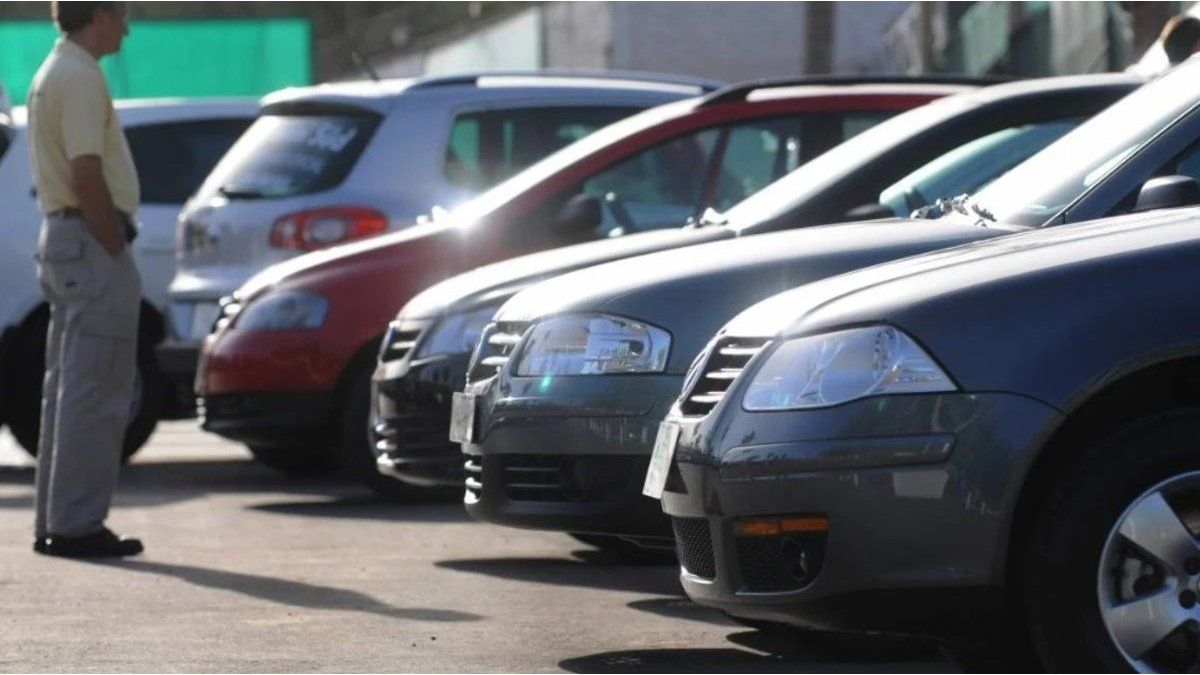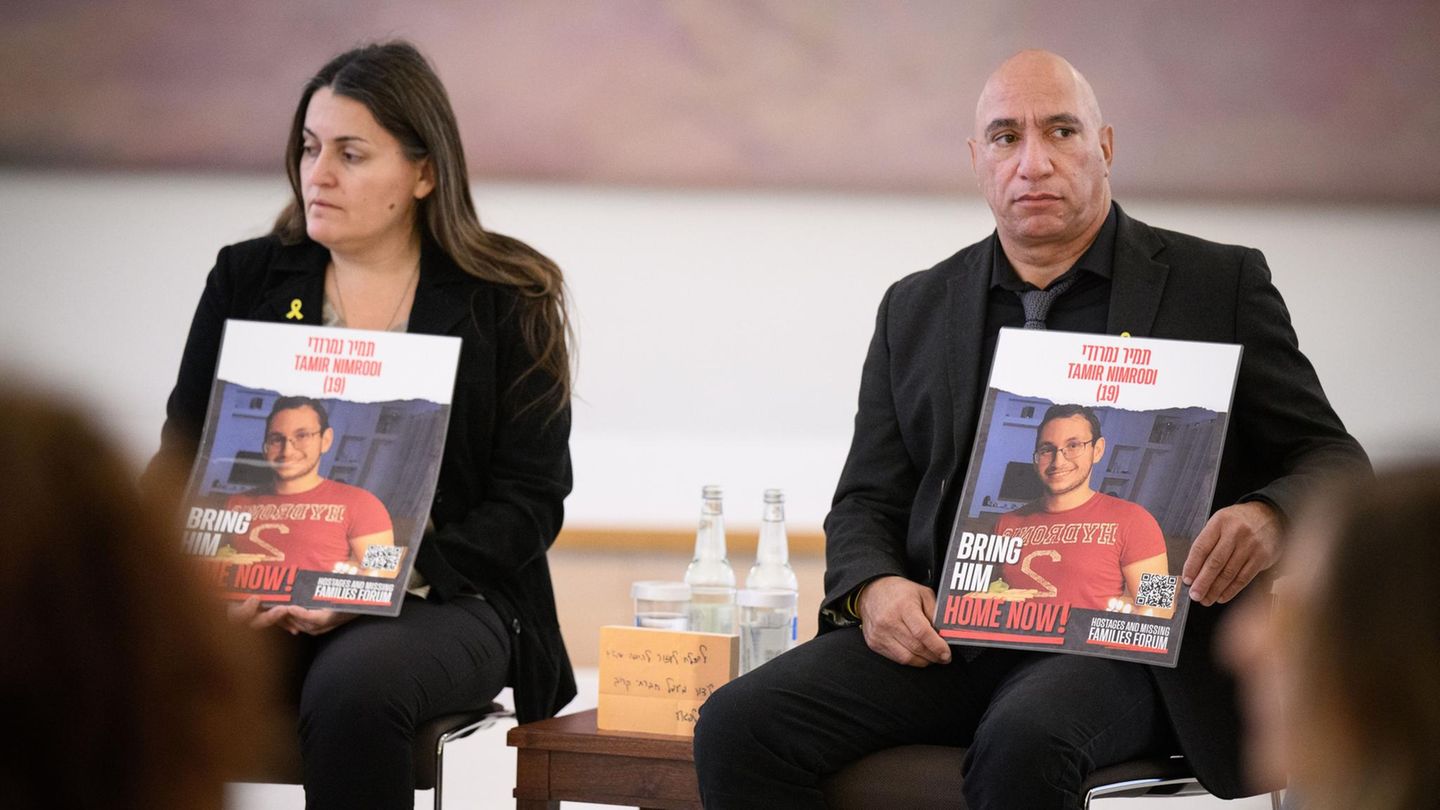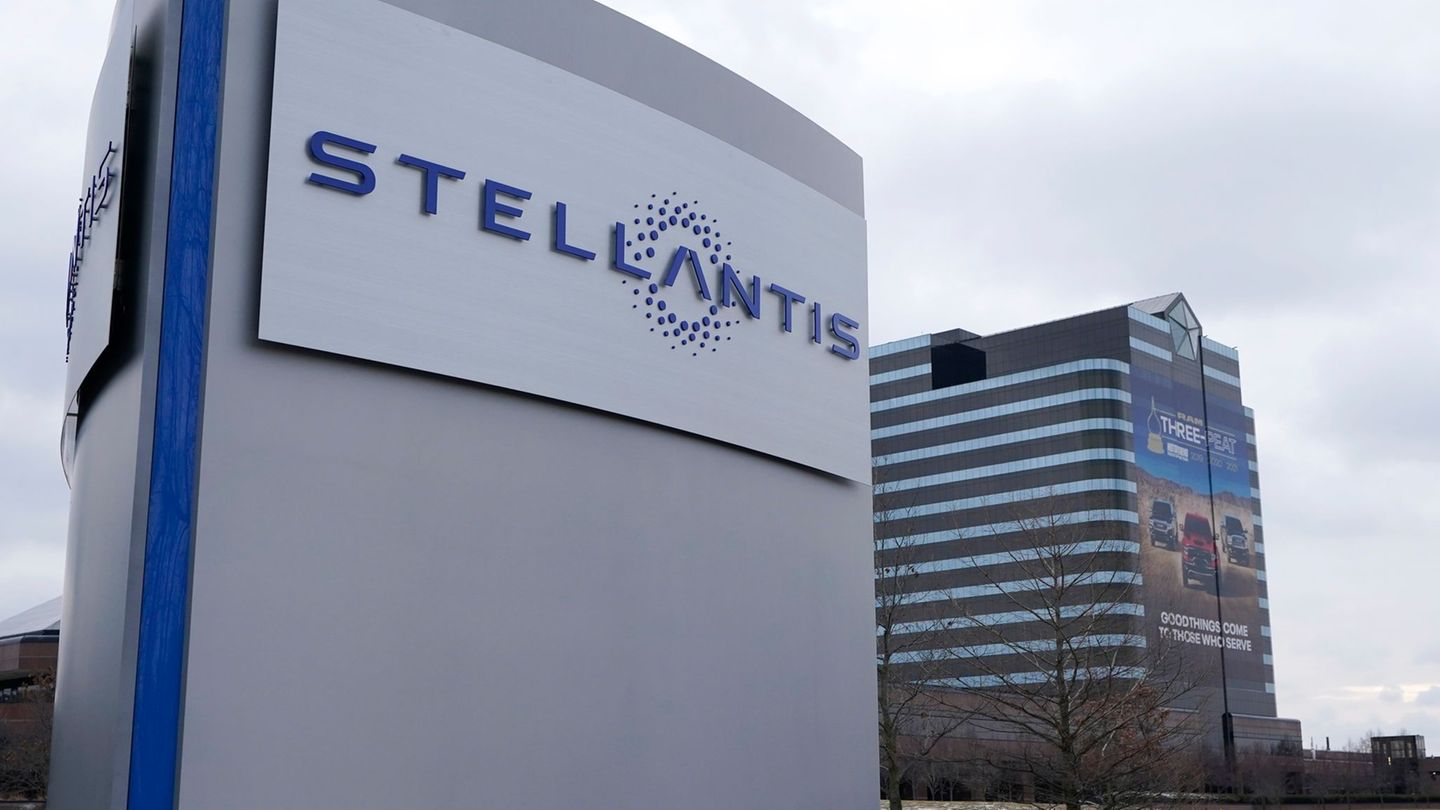This document, which was previously necessary to certify the absence of unpaid debts Associated with the car, it will no longer be mandatory to sell a used car. With this change, both the buyer and the seller can solve your debts independentlywithout this interfering with the vehicle transfer process.
In this sense, the Single National Automotor Registry (RUNA), a digital platform that is already operational and that promises to completely transform the process of high cars. With this tool, concessionaires can register new vehicles directly, No need to go to the traditional offices.
Although the elimination of free debt is one of the more relevant changesother modifications in the procedures for the sale of used cars have also been implemented.
registration-automotorjpg.webp
It will no longer be necessary to attend the Runa offices in person.
Archive
From the modifications, sellers must ensure that All basic documentation is complete and correct, including the title of the vehicle and the green card. The latter will no longer have an expiration date, which simplifies the transfer processeliminating a procedure that previously generated unnecessary delays.
The introduction of the digital platform also facilitated the accessibility to procedures. Now, digital transfer is available as an option, which eliminate the need to move physically to records. Thanks to this modality, the procedures can begin online, which Save time and resources both buyers and vendors.
According to modifications, pending debts, such as fines or patents unpaid, they may be independently managed by the parties involved, without the intervention of the automotive records.
In addition, the digitalization process had an important impact on the Automotive Registry Offices. The Government announced the closure of more than 150 headquarters throughout the country as part of a plan to reduce stateality.
This widely discussed measure, seeks centralize the procedures In a more efficient system, eliminating geographical barriers and reducing waiting times.
Changes in values
Regarding the costs associated with the procedures of registration of new carsadjustments were also made. With the Rune, the registration of zero kilometer vehicles has a lower cost compared to traditional records. The registration tariff on the new digital platform is from 0.8% of the vehicle valuecompared to 1% applied in conventional car records.
Although the RUNA Digital System It is in operation since the beginning of 2025, there are some limitations. For example, in this first stage, the system is only available for motorcycles. The cars They must wait a little morealthough all new vehicles of different categories are expected to be extended soon.
In addition, the digital registration process is not yet compatible with certain aspects of traditional records. Some restrictions, such as Type of contract under which the vehicle or simultaneous pledge condition is registered, They prevent all cars from being registered digital in the rune.
Automotive Registration 3.jpg

It should be noted that, although the digitalization of the procedures was introduced, the registration of the traditional car will continue to operate in parallel at the moment. Both systems will coexistand it is estimated that, as more concessionaires and users adopt the RUNA platform, the SERVICES DEMAND face -to -face will decrease.
The digital system aims to simplify the procedures both in terms of cost and time. So, low -value cars like him Renault Kwid or Fiat Mobi They will experience a significant reduction in registration costs, with notable differences between traditional registration values and those that Apply the digital system. In some cases, savings can exceed 10% of the registration price.
That is, the Renault Kwid of $ 18,260,000 It has an registration tariff of $ 182,600 in a traditional automotive registry, while on the Runa digital platform the cost would be $ 180,000. Although this $ 2,600 difference may seem small, it is amplified in vehicles of greater value.
A Volkswagen Polo Track of $ 28,614,750 would have a registration cost of $ 286,147 in a traditional registry, while the same procedure through the RUNA would cost $ 228,918, which represents significant savings.
In summary, the new digital system of procedures for the purchase and sale of cars is not only presented as an option faster and more economical, but also encourages more transparent management, allowing Users resolve debts associated with vehicles autonomously.
With the advance of the implementation of the RUNA, it is expected that more and more procedures and vehicles They are included in digitalization, bringing Argentines to a more agile and less bureaucratic system.
Source: Ambito
I’m a recent graduate of the University of Missouri with a degree in journalism. I started working as a news reporter for 24 Hours World about two years ago, and I’ve been writing articles ever since. My main focus is automotive news, but I’ve also written about politics, lifestyle, and entertainment.




